Government launches call for evidence on how to tackle livestock methane emissions
Business Green
AUGUST 23, 2022
Government and devolved administrations team up to explore how to accelerate adoption of methane-busting feed products for cattle and sheep. Efficiency gains in dairy farming mean that we are now producing 11 per cent more milk than we were in 2000 with 24 per cent fewer cows, Defra added.


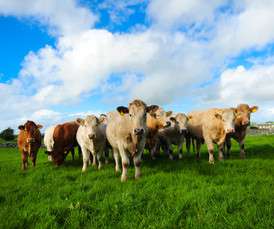
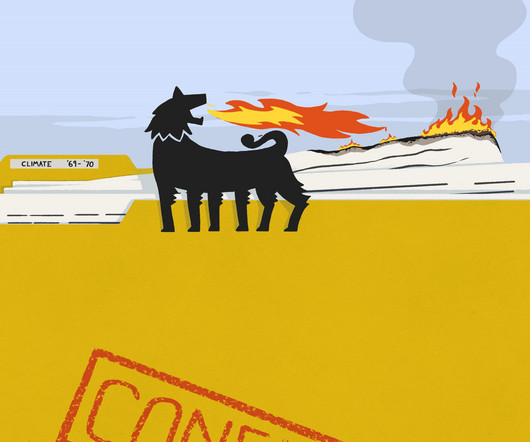

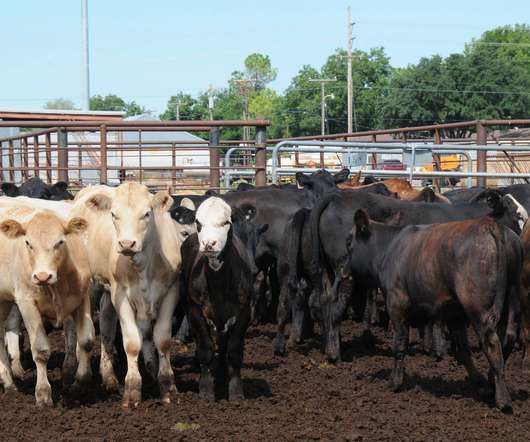

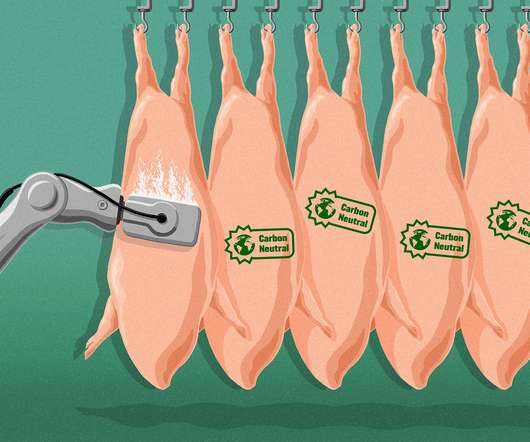
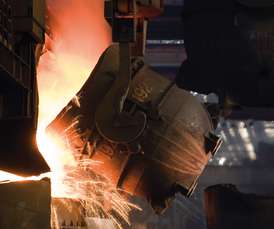
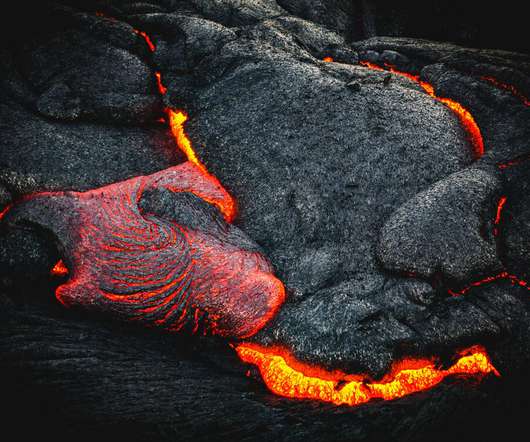



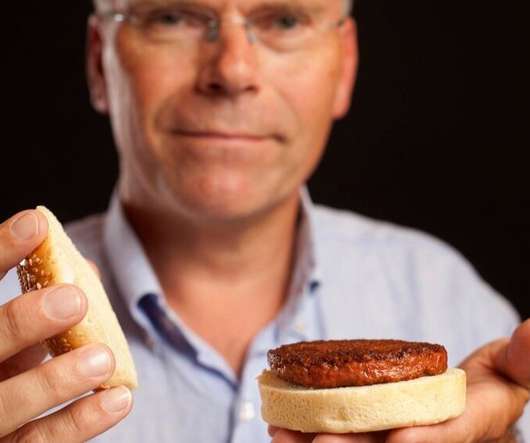
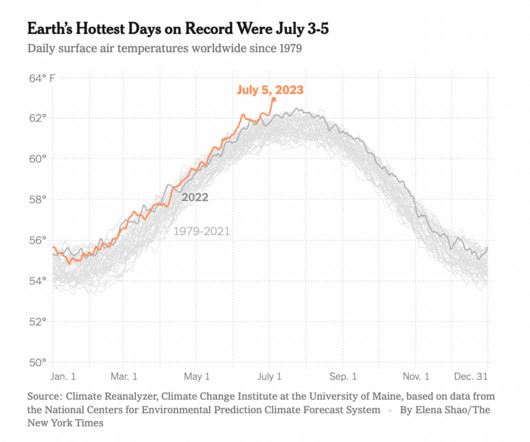

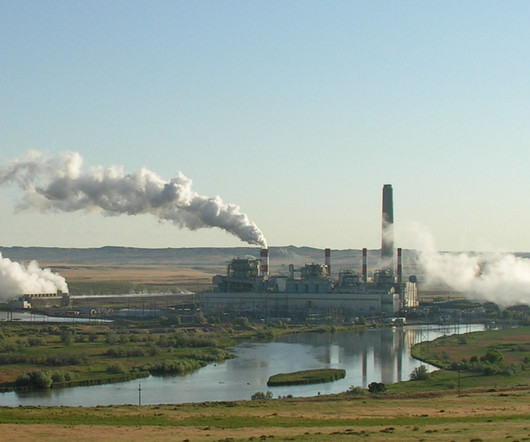
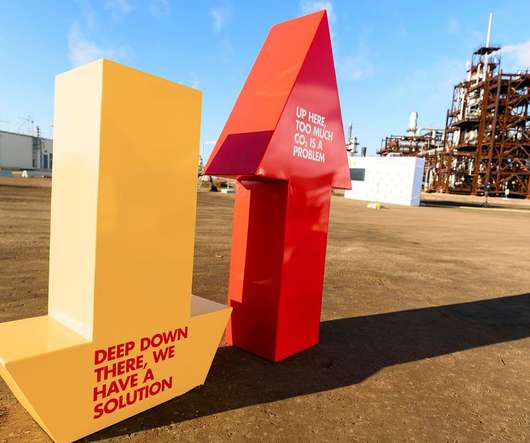








Let's personalize your content